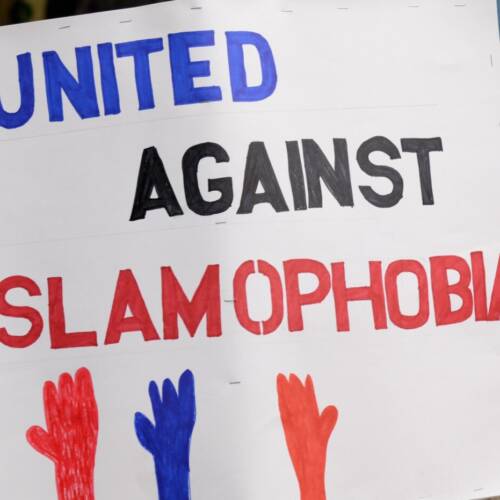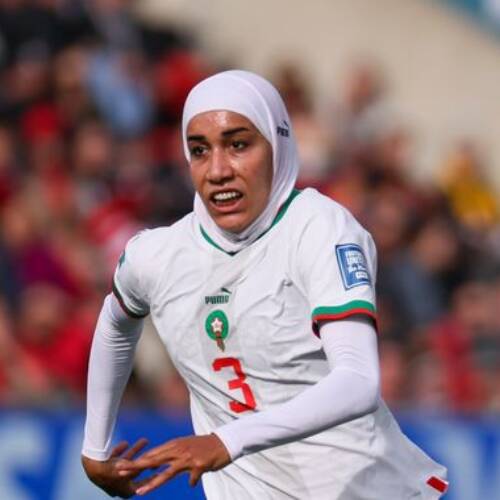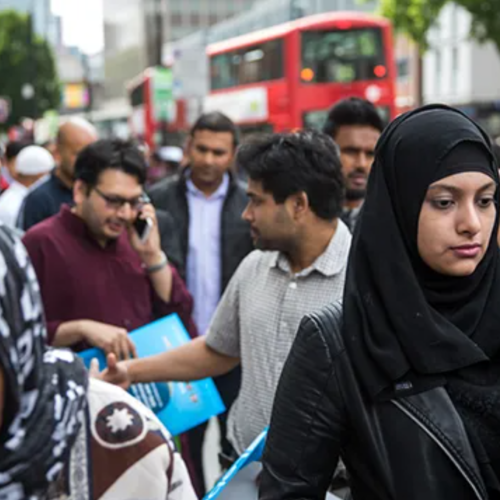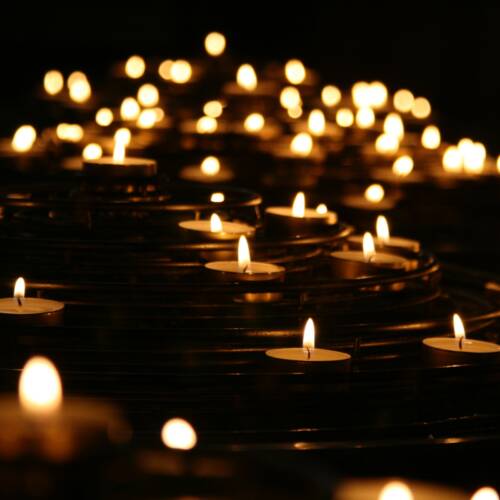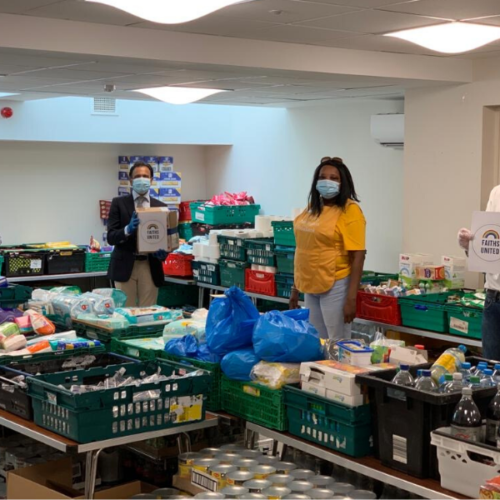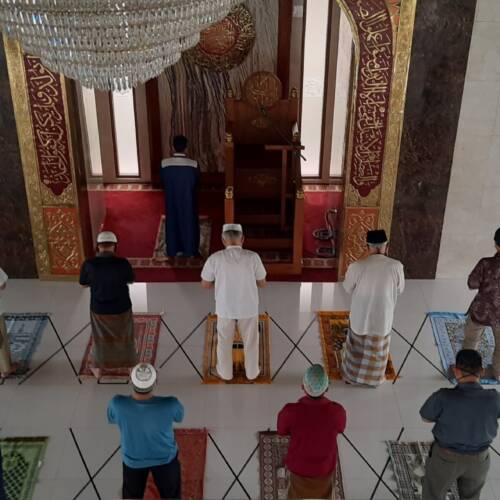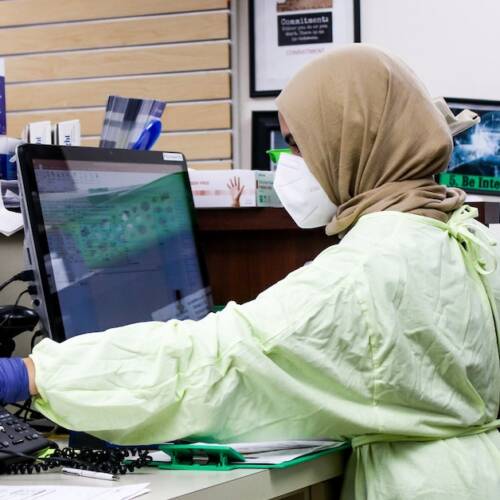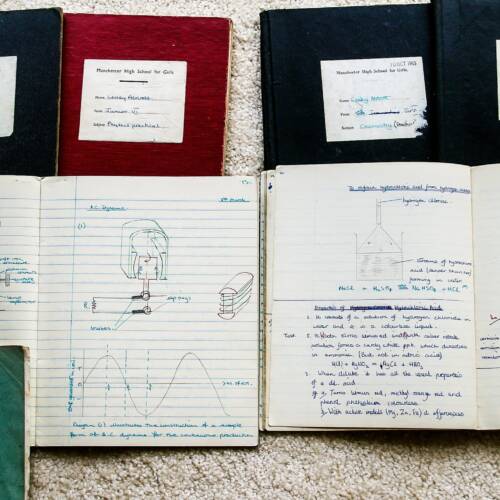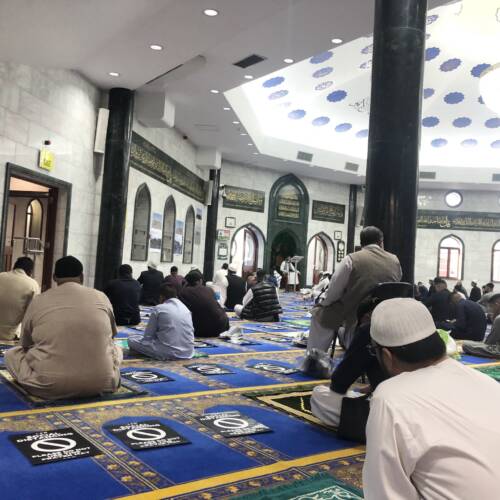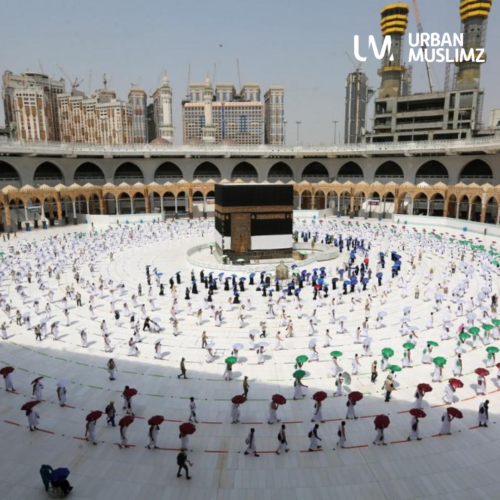
What Are the Guidelines for Muslim Burials During the Pandemic? Shrouding and Funeral Prayer | Part 2
06 Apr 2020This article is a follow-up from part 1 on Muslim burial guidelines during the COVID-19 outbreak, as recommended by the BBSI (British Board of Scholars and Imams). It covers the three next steps of the burial process: shrouding, funeral prayer (Janaza) and burying of the deceased.
1. Shrouding (Kafan/Takfin)
Normally, after the ghusl (ritual washing) of the deceased, shrouding of the body is carried out. For a COVID-suspected deceased, the BBSI states that the body bag will meet this religious requirement. An extra shroud may be wrapped over the body, though this is not a requirement. The body should then be placed in a casket. As part of the transfer procedures, the outer part of the casket should be wiped with the suitable disinfectant.
2. Funeral Prayer (Janaza)
Who should pray the funeral prayer, and where?
Following the ritual washing (ghusl), the funeral of the deceased takes place. Due to the current circumstances, the obligation to pray over the deceased is met if one person from the Muslim community prays. It is expected that there will be restrictions on funeral gatherings, and that mosques may be kept closed. In such cases, the funeral prayer may be performed in the cemetery.
There are three options:
1. Group performance of the janaza prayer with the family, whilst maintaining appropriate social distancing guidelines, at the cemetery prior to burial.
2. Performance of the janaza prayer by a very small number of individuals (such as the washers), in the presence of the deceased’s body. One individual praying over the deceased fulfils the community obligation (fard kifaya).
3. Performance of the funeral prayer in absentia (salat al-janaza ‘ala al-gha’ibin) by other family members and well-wishers, which is valid in the Shafi’i and Hanbali schools of law. [This does not remove the communal obligation mentioned in (2) above – at least one person should fulfil that, if possible.] Hanafis and Malikis should consult their local scholars about following this option.
3. Burying The Deceased
Where is the deceased to be buried?
In the shari’a, the minimal burial is for a body to be placed in the earth in such a manner where:
- The living are protected from the effects of bodily decay, such as the smell of the body
- The deceased’s body is protected from mutilation or damage, such as by animals.
A Muslim is buried:
- In a Muslim graveyard, or the section demarcated for Muslims within cemetery grounds.
- In a Muslim graveyard, or the section demarcated for Muslims within cemetery grounds.
- In his/her own individual grave.
- Without transferring the body an excessive distance from one area to another.
- Without an undue delay.
Given the higher rates of deaths occurring from COVID-19, Muslim communities will be forced to make decisions regarding burial procedures that are non-ideal. In cases of need and necessity, it is permissible to depart from the ideal funerary. Below are some guidelines on a few issues relating to burials.
(a) Mass Burials:
- A Muslim’s body should ideally be buried in his/her individual grave
- In a situation in which burying bodies individually in their own separate graves creates undue difficulty or harm, the shariah permits burial of multiple bodies in the same grave.
- For a mass burial, it is ideal that men are buried in one shared grave and women in another, or, if they are placed in a single shared grave, men to one side and women to the other. If this is difficult, it is permitted to bury them in one grave.
- Each body is to be separated from the other with a barrier, even a small one formed with dirt.
- Muslims are buried together in their own cemetery, or, if not possible, in a grave separate to those from other faith traditions.
- Burying the deceased in a shared grave is preferable to an excessive delay in burying them in their own grave.
(b) Burial in a non-Muslim cemetery
- Muslims should ideally be buried in a Muslim cemetery.
- If this is not possible for a valid reason such as lack of space, it would be permitted to bury a Muslim in a non-Muslim cemetery.
- When possible, a shared grave in a Muslim cemetery is to be given preference over an individual grave in a non-Muslim one.
(c) Transferring the Body
- It is permitted to transfer the deceased in cases of need or for a valid purpose, such as lack of space or capacity locally, or a bequest to be buried in one’s hometown.
- Decisions to transfer the body should be made in close consultation with the family of the deceased, relevant authorities, and the communities/sites to whom/where the deceased will be transferred to.
- Transferring the body for burial without delay, even a long distance, is preferable to an excessive delay.
- Transferring the deceased to a Muslim cemetery, even if a long distance, is to be given preference over a nearby burial in a non-Muslim cemetery.
(d) Delaying Burial
- The default is to carry out the burial procedure as quickly as possible.
- Slight delays are permitted if there is need, such as when the burial team is seeing to the funerary rites of others or when waiting for a space to be allocated for the deceased in a Muslim cemetery.
- A slight delay to ensure burial in a Muslim cemetery is to be given preference over an immediate burial in a non-Muslim cemetery provided the deceased can be safely stored.
- Excessive delays should be absolutely avoided.
- Preferable to transfer the deceased elsewhere, or bury him in a shared Muslim grave, than to excessively delay funerary rites and burial.
- In cases where there are no other options and it is not possible to bury without delay, it would be permitted to delay the burial and other funerary rites. The deceased in this case should be kept stored in a manner that prevents bodily decay, is safe, and upholds their dignity. For this, the relevant authorities and experts should be consulted, and communities should anticipate and plan for scenarios where this will be likely.
How is the COVID-suspected deceased to be buried?
Under current government guidance, funerals should be attended by a minimal number of people and this would be immediate family or a few individuals. Individuals that are present at the funeral should observe all social distancing, self-isolation, and personal hygiene guidelines advised by the government. The elderly, those with underlying health conditions, and those required to observe 14-day self-isolation should not come to the funeral site.
- The burial and any activities associated with it should proceed as normal, but it should be restricted to the gravesite.
- Before transfer to the gravesite, the outside of the casket should be disinfected. Individuals tasked with carrying the casket to and from the transport vehicle should don the appropriate PPE, such as suitable single-use gloves. They should dispose of this equipment after first use and thoroughly wash their hands with water and soap or hand sanitiser.
- While transporting the deceased, it is recommended to engage in dhikr and supplication for the deceased.
- Viewing of the deceased before burial is permitted, including the face provided this is medically permitted (note: the risk of infection is very low). However, the deceased should under no circumstances be touched or kissed.
- The deceased should be lowered into the grave as normally done in funeral services.
It is recommended to recite some Quran over the grave after burial and make a supplication for the forgiveness of the deceased.


